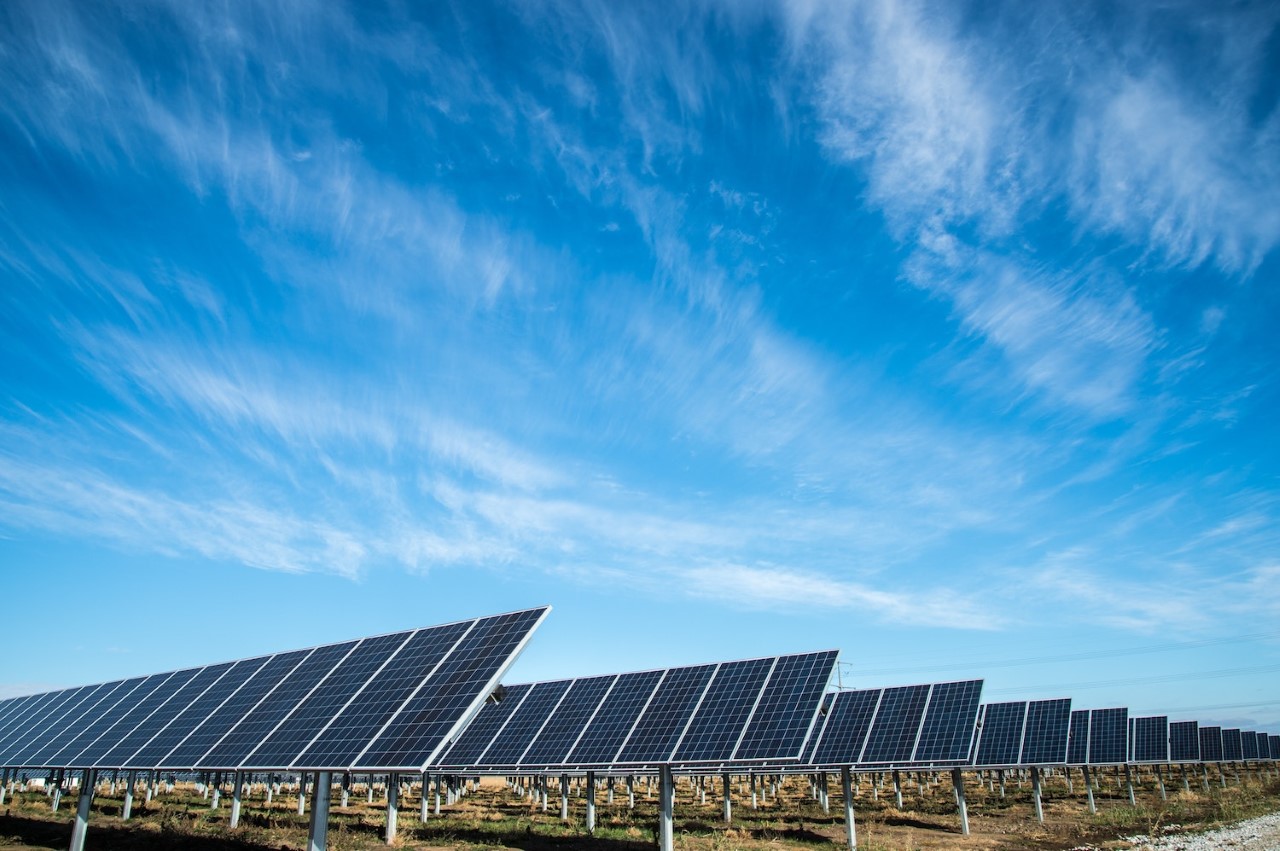Distributed renewables and energy storage are now the cheapest form of baseload power and if Western Australia’s remote areas can benefit from that, we can all benefit, argues David Martin, founder of energy trading platform provider Power Ledger.
In Western Australia, whether you live in a metropolitan area or miles out of town – you pay the same price for electricity.
The same price. This is despite the fact it costs significantly more to supply electricity in regional areas compared to inner city, not to mention reliability issues households have with power in the bush.
The flat pricing structure is due to the Western Australian Government’s Uniform Tariff Policy, which effectively shifts costs from expensive, under-utilised rural infrastructure to the profitable urban networks.
Try Premium for just $1
- Full premium access for the first month at only $1
- Converts to an annual rate after 30 days unless cancelled
- Cancel anytime during the trial period
Premium Benefits
- Expert industry analysis and interviews
- Digital access to PV Tech Power journal
- Exclusive event discounts
Or get the full Premium subscription right away
Or continue reading this article for free
This means any policy debate about lowering the cost of electricity, needs to consider ways of reducing the cost of powering regional areas.
For example, in Power Ledger’s homestate of Western Australia, there is an explicit subsidy paid to major regional electricity retailer Horizon Power to cover the cost of the uniform tariff in remote and regional networks.
However, it has often proved cheaper, safer and more reliable to disconnect rural customers from the grid and supply them with standalone systems than it is to operate, maintain or even replace rural networks altogether.
Reducing the cost of grid connection one-customer-at-a-time is a worthy ambition but one that’s likely to take decades before it materially addresses the broader cost of supply. But there is another, faster way of reducing the cost of supply in rural areas and technology change is putting it well within reach.
Safer, cheaper, more reliable – don’t let the sunlight go to waste
Distributed renewables and energy storage are now the cheapest form of baseload power. There’s plenty of sunlight in the bush that is just going to waste, or is getting fed back to the grid for nothing.
The current feed-in-tariff model provides no financial compensation to commercial sites that are feeding excess solar power back into the energy grid.
If you can get solar panels, supported by battery storage in close proximity to the end users, transmission and distribution costs can be reduced.
Power Ledger has launched its first regional trial at several commercial sites in the shires of Wongan-Ballidu and Moora enabling them to monetise their excess solar energy for the first time.
The current energy system relies on large-scale power stations pushing energy to some consumers located hundreds of miles away. This requires an even further energy push when trying to reach regional areas.
But this system is outdated.

Localisation leads to transformation
We now have the ability to generate power from our rooftops, from renewable sources – and the existing energy system needs to transition or face an increasing crisis of relevance.
Low cost generation that’s close to the point of demand is the cheapest way of supplying rural customers; reduced line losses, better network utilization, cheaper generating technology.
Given the houses, sheds and equipment used by farmers in their day-to-day operations all require significant amounts of power, a smart energy trading platform – like Power Ledger’s – has the potential to save the regional communities thousands of dollars in electricity costs.
Localized generation also helps to alleviate the reliability problem. Rural energy consumers and their local economies are at the whim of the natural world with long, exposed rural networks impacted by everything from wildlife to lightning.
Reducing the distance between consumers and their power supply reduces the impact of network reliability factors, it also offers new participation models for communities to provide local generation turning the local legacy infrastructure into community owned economic engines.
And most importantly, expect improvements in safety. Reducing the number of long, overhead supply lines in some of the most fire-prone areas of the state is good for everyone.
Add to that the fault response capability of new power electronics and you will likely see an uptick in the safety performance of lightly-loaded rural networks.
There is also an added benefit for the State in that it reduces its carbon footprint, meaning everyone’s a winner.
The energy transition isn’t a technology challenge; it’s a cognitive one.

